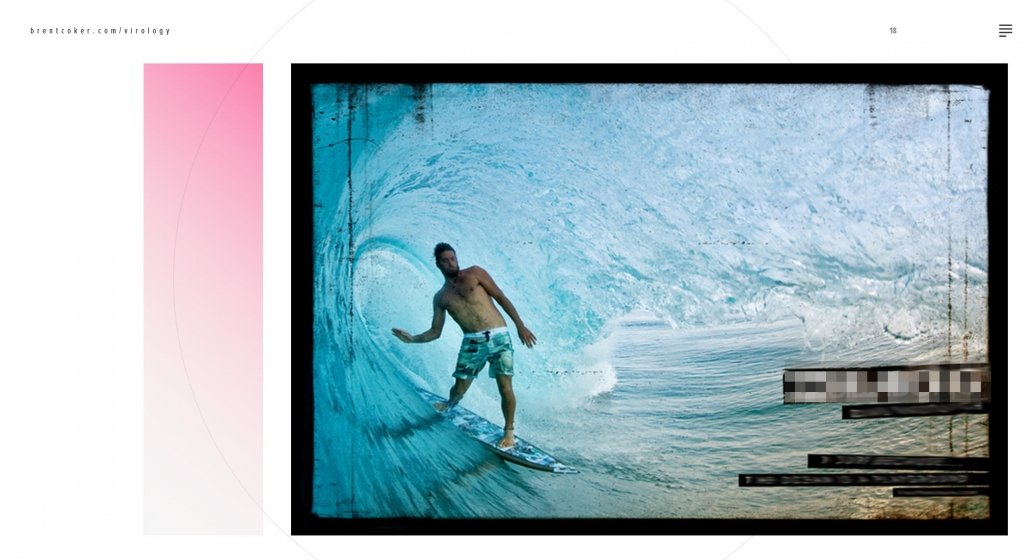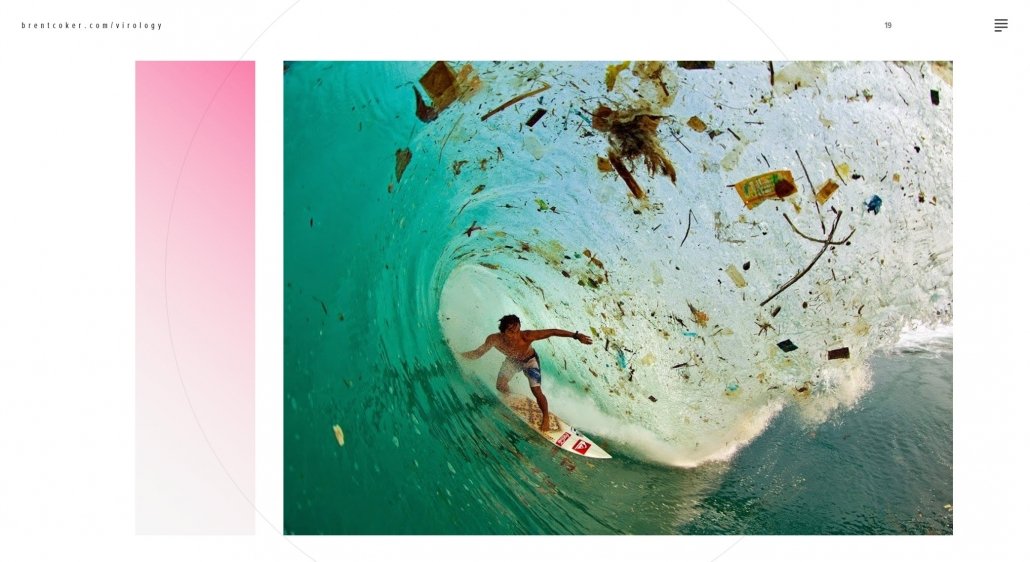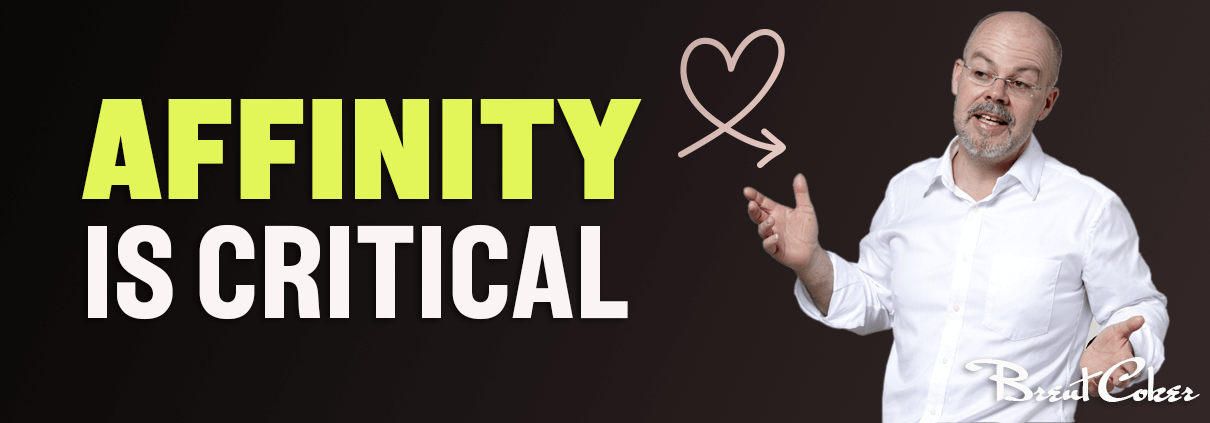How to use Affinity to Increase Content Engagement
When you create content to post online, what’s the number 1 thing you care about? Engagement right? Affinity is the key to engagement. In this blogpost I describe what affinity is, how to create affinity, and why it drives engagement.
What is ‘Affinity’?
Affinity is something that people deeply care about. Ultra strong relevance, usually tied to people’s value system. If people don’t care about the story you’re trying to tell, they’re not going to share it.
Technically, affinity is a feeling of warmth, respect, and deep appreciation for an activity, idea, or object. Affinity is different than emotion, which is characterised by more of a short term physical response to a stimulus. Affinity is an enduring quality of feeling radiating from the heart, that doesn’t necessarily have any physical symptoms.
The most important thing to note about affinity is that it’s a requirement for something to go viral. If somebody doesn’t relate to or care about your Marketing, then they most certainly won’t share it. Although emotion might be important when creating marketing content, affinity is critical.
One of the ways to create affinity is to remind people why they love something. The biggest problem with this however is that not all of your target audience might like the same thing. It’s of course easier if you’re selling something where your target market is bound together by a shared passion, like motorcycling, but for many brands their target audience is more mixed. In this situation, activating meaningful memories that a wider range of people care about is a better choice.
Here’s an example. This is a well-known surf brand here in Australia, and this type of advertisement is often used by surf brands – a pic of someone surfing inside the barrel of a wave.

Did this go viral and get a lot of engagement? No. Although it appeals to their target market’s main interest – it doesn’t tap into their value system (create affinity).
Compare that example to this example from a competitor. They realised that their target market cared deeply about 2 things – (1) location – where they had surfed. And (2) the health of the ocean – surfers care about ocean a lot – it taps into their value system.

So in this image we have someone surfing in an iconic surf location for those who surf – Java – an island in Indonesia. And it’s also showing the amount of pollution in the ocean. You think this went viral? Its sure did – the engagement was through the roof.
So that’s affinity – before you start creating content – figure out what your target market deeply cares about, and use that in your campaigns.
You can learn more about Affinity in my book, or in my Virology Viral Marketing Masterclass
Rejoinder: The difference between Affinity and Emotions
Affinity is a powerful feeling that creates the foundations of sharing. Affinity manifests itself as a feeling of warmth, respect, or deep appreciation for an activity, idea, or object. Affinity is different from emotion for several reasons.
An emotion is characterised by some kind of physiological effect. Adrenaline is released, or blood pressure increases. Facial expressions might change to match the emotion. Emotions are characterised by energy and a physical change in the body. They’re usually short term, and can come and go quickly.
Affinity in contrast is a long term quality of feeling. It is a passion that somebody has for something that radiates from the heart. It is a closeness to something, characterised by passion.
Operationally, affinity has greater importance for the prediction of viral content than emotion.








Leave a Reply
Want to join the discussion?Feel free to contribute!